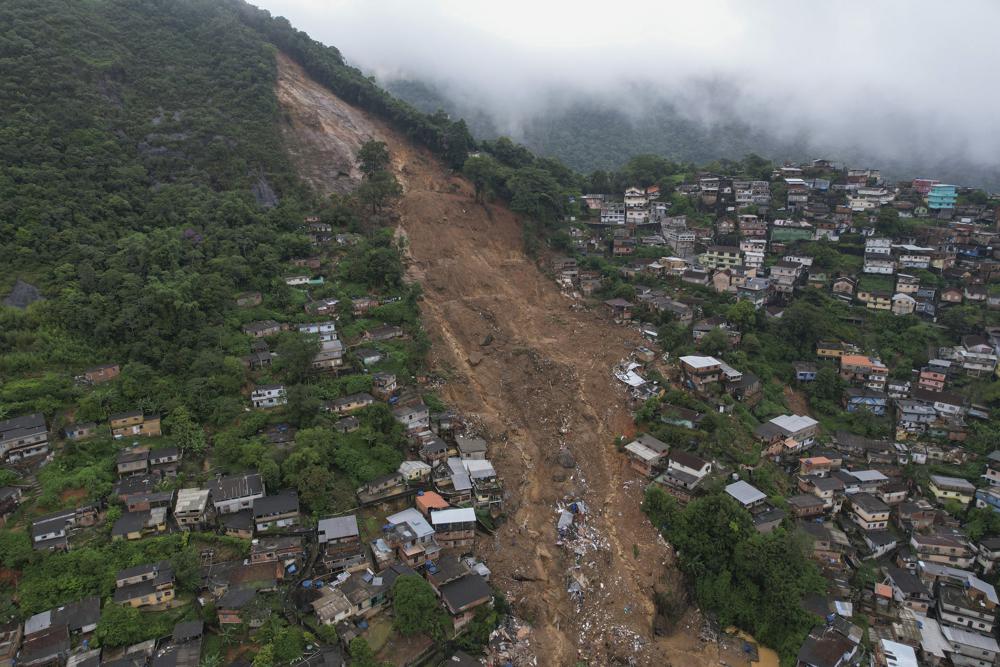

Landslides and floods have killed thousands and devastated many households in Nepal since the beginning of this year but this is no new story, Nepal is among the most vulnerable regions to natural disasters in the world. This affects millions of people in Nepal.
Horrific reports from the Karnali floods have created an urgent need to develop a prevention plan to save the maximum number of lives and property of the Nepali people. “ We should never forget to apply risk reduction measures before executing developmental works such as building a house, bridge, or road. The safety guidelines should be followed,” says Disaster Risk Reduction Specialist, Jwala Pandey. “ Also, there should be region-specific plans for disaster reduction, as different districts of Nepal are more prone to different disasters like landslides, floods, or earthquakes. There should be regular monitoring of disaster preparedness but we lack in developmental planning,” she adds.
According to the World Bank’s study of Nepal, its geo-climatic system consists of heavy monsoons, steep terrain, and remoteness which makes the region prone to floods, landslides, glacial lake outbursts, and numerous waterborne diseases. Natural disasters mostly harm the already marginalized in Nepal. With floods and landslides, the risk of waterborne diseases increases substantially. According to the United Nations country assessment for Nepal, epidemics like cholera take the most lives in Nepal every year. This is mainly due to the contamination of unhealthy water.